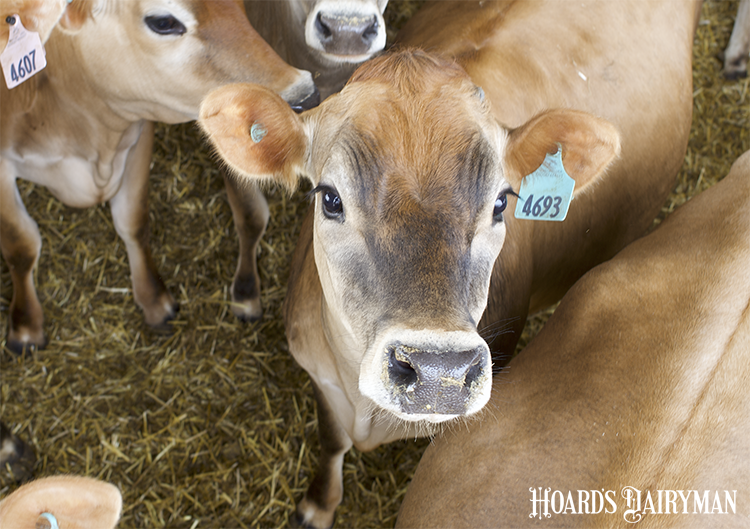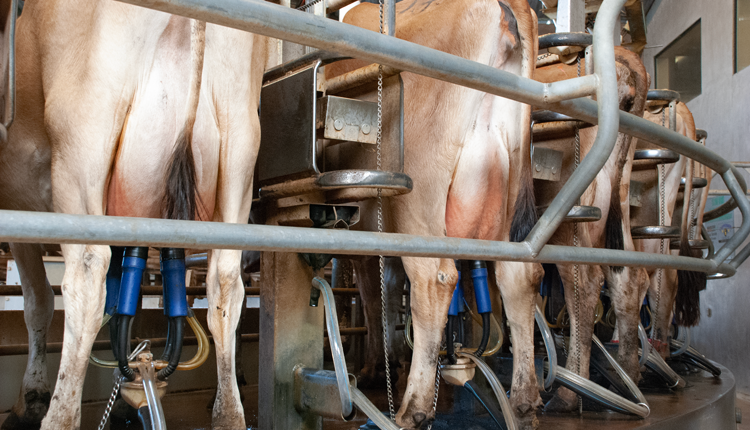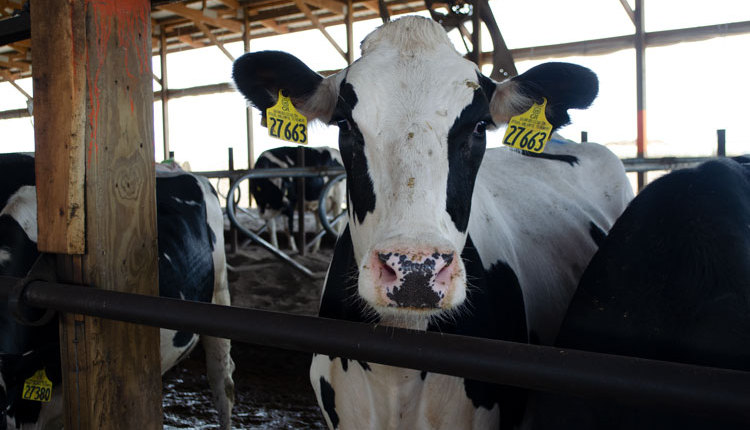
Fresh cow pens continue to grow in popularity, especially for larger dairies, farms that are building new facilities, or those looking to improve cow health and performance. A fresh pen allows dairy farmers to house fresh cows separately from other cows in the lactating herd to facilitate monitoring and treatment of health problems, minimize negative social interactions with other cows, and provide a diet specifically formulated for fresh cows.
The optimal number of days for cows to stay in a fresh pen is largely unknown but likely is unique for each dairy . . . and possibly each cow . . . given differences in gains in dry matter intake (DMI) and milk production along with facility design. A survey of California dairies ranging in size from 450 to 9,500 cows found these trends for fresh cow pen housing:
• 38% of cows were housed for fewer than 21 days in milk (DIM)
• 31% were housed for 22 to 30 DIM
• 31% were housed more than 30 DIM
When it comes to the Northeast and Midwest, it seems common for cows to remain in a fresh pen anywhere from 10 to 42 DIM.
A fresh pen diet can be specifically formulated to meet the unique needs of cows after calving. It is formulated for lower DMI and typically contains more fiber and less starch and rumen fermentable carbohydrates than a high pen diet. The fresh diet should promote DMI while minimizing the risk of slug feeding and subacute acidosis. Feed intake is lower after calving than any other time in lactation and is controlled more by metabolic regulation than gut fill for the first one to two weeks after calving.
Another approach
Fresh cows that transition well into lactation are ready to consume a more fermentable carbohydrate diet between 10 and 14 DIM and should be moved to the high pen. If those healthy cows remain in the fresh pen, it is likely that gut fill will limit DMI at a time when milk yield is rapidly improving, resulting in greater negative energy balance. Those cows are more likely to lose too much body condition and develop subclinical or clinical ketosis in the second or third week after calving.
The good news is that cows with that type of ketosis (and no other health issues) respond well to treatment and being fed a diet with more energy. Dairy farmers can check urine or blood for ketones from cows that are scheduled to move out of the fresh pen. If ketones are elevated on an otherwise healthy cow, consider moving cows to the high group sooner.








